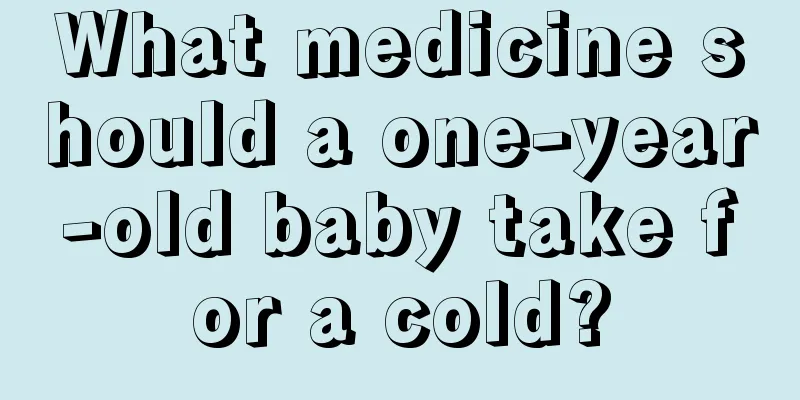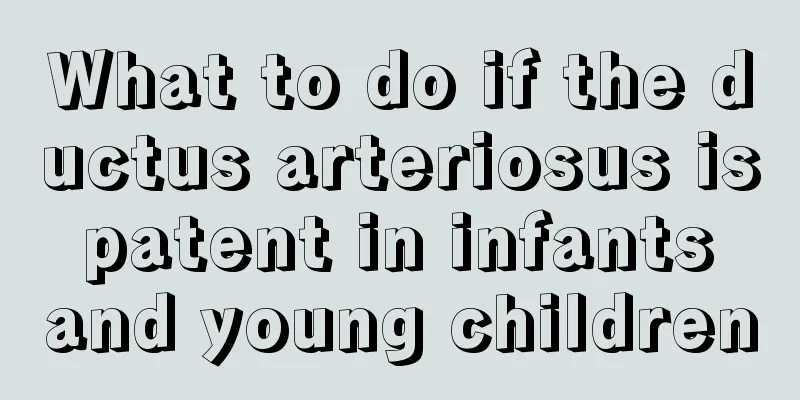What are the dangers of anesthesia for children?

|
After children are given anesthesia, their brains will be damaged, especially it will affect the normal development of their brains and hinder the development of their brain IQ. Therefore, unless it is absolutely necessary, do not give your children general anesthesia. Local anesthesia will be relatively better, the harm caused will be much less, and there is no need to worry about the patient falling into a deep coma. There are two types of anesthetics: general anesthetics and local anesthetics. General anesthetics depress the cerebral cortex from shallow to deep, causing a person to lose consciousness. Local anesthesia stabilizes the membrane potential of nerves or reduces the permeability of the membrane to sodium ions, blocking the conduction of nerve impulses and acting as a local anesthetic. General anesthetics are used for major surgery or for patients who cannot take local anesthetics. The earliest general anesthetic used was nitrous oxide, which has stable properties and is suitable for any type of anesthesia, but has disadvantages such as easy hypoxia and unstable anesthesia recipients. Later, ether was used as a general anesthetic, which has the advantages of stable anesthesia, good muscle relaxation, and easy surgery. But it is flammable and will produce peroxide if left for too long. When using ether, flames must be avoided and the presence of peroxides must be checked. Local anesthetics are used as anesthesia for minor or local surgery. When using local anesthetics, a vasoconstrictor such as epinephrine should be added. The most commonly used local anesthetic is procaine hydrochloride, which is used for local anesthesia in the form of 0.5-1% solution. The dosage should not exceed 1g each time, and 0.1% solution is commonly used for intravenous injection. Others, such as tetracaine hydrochloride and lidocaine hydrochloride, can be used as local anesthetics. Their functions are similar to those of procaine, and their prices are higher than procaine hydrochloride. They are often used by people who are allergic to procaine. 1. Tissue toxicity Factors involved include traumatic injection methods, high drug concentrations, malabsorption, and other mechanical factors that cause macroscopic or microscopic tissue damage. In fact, commonly used anesthetics do not have tissue toxicity. If high-osmotic concentration local anesthetics are injected into the skin or subcutaneously, temporary edema may be caused. Although the addition of epinephrine can improve the degree of edema, it will further increase tissue toxicity. Injection of less than 1% procaine, lidocaine, or mepivacaine solution will not affect wound healing. 2. Neurotoxicity Direct injection of anesthetics into nerves or nerve bundles can cause functional or structural changes, which are not simply caused by the drug itself, but are related to physical factors (pressure). 3. Hypersensitivity reaction Tolerance of local anesthetics varies greatly among individual patients. When a small dose of local anesthetic is used, or the dose is lower than the usual dose, and the patient develops early symptoms of toxicity, it should be considered a hypersensitivity reaction. If a reaction occurs, medication should be stopped and treatment should be initiated. |
<<: Will the baby's skin peeling after being burned leave scars?
>>: What's wrong with a child who has convulsions while drinking milk?
Recommend
What are the symptoms of shock
Every change in the baby after birth is watched b...
Why is the child born with a hoarse voice?
No matter how youthful and good-looking a person ...
What to do if your child doesn't like to grow taller
Nowadays, most families have only one child, so t...
Can children's hyperopia and astigmatism be cured?
After children suffer from hyperopic astigmatism,...
What should I do if my baby has a cough and diarrhea?
Coughing is a very common symptom when a baby is ...
The child is awake and coughing
Some children are prone to coughing after waking ...
What are the symptoms of milk allergy in children?
Milk contains a high content of protein. Such hig...
What to do if your child has a fever of 395 degrees
When a child has a fever of around 39.5 degrees, ...
What is the disease prevention knowledge in kindergarten?
After the baby is born, when he grows to a certai...
What is the effect of infant spleen-strengthening powder
Infant Jianpi Powder is a common infant medicine....
Treatment of red spots in newborns
Summer is coming soon, and many newborns will alw...
What causes high platelet count in children?
What is the reason for thrombocytopenia in childr...
What causes pimples on the child's head?
A lot of pimples appear on the baby's forehea...
What to do if a little girl develops too early
We all know that girls' development period is...
Does baby's knee cracking affect health?
When families find that their children's heal...









